KUNG-FU COOTS @ OLD MOOR
- Jonathan Marshall
- Feb 8, 2018
- 5 min read

On Thursday I visited Old Moor which is a nature reserve managed by the RSPB in the Dearne Valley near Barnsley. As well as Old Moor the RSPB also manages Wombell Ings, Bolton Ings and Gypsy Marsh which are right next door to Old Moor. They also look after Adwick Washlands which is a couple of miles east and Edderthorpe Flash which is a couple of miles north. There is also Broomhill Flash which is managed by The Garganey Trust and for the past few weeks a Hawfinch had been making regular visits to the trees round the car park at Broomhill Flash.
Old Moor itself is made up of reedbeds, grassland and meadow with several large lagoons. There are 3 trails - The Discovery Zone, Green Lane & Reedbed - the Discovery Zone is a short circular trail which has 1 hide next to the visitor centre, the Reedbed trail which has 2 hides and a viewing screen and takes you out into the reedbeds and finally the Green Lane trail has 6 hides and takes you north east into the grassland and lagoons.
Before I reached Old Moor I made a quick de-tour to Broomhill Flash to try and spot the Hawfinch but sadly I didn't manage to see it and I moved on to the main Old Moor reserve. Upon my arrival I paid a quick visit to the Tree Sparrow farm where the feeders were being visited by Goldfinches, Bullfinches, Greenfinches, Blue Tits & Great Tits with Collared Doves picking up the scraps dropped from the feeders. I then walked through the Discovery Zone and on to the Bittern Hide where the edges of the water were still frozen due to the very cold weather over night.
The water in front of the hide was fairly quiet with just a few Coots and Tufted Ducks present. Over to the right on the Mere there were a couple of Pochards and a few Canada Geese at the edge of the water. After a few minutes I moved on and headed along the Reedbed trail and sat down at the viewing screen where Bearded Tits, Kingfishers and Water Rails have been seen. However during the time I sat and watched I did not see a single bird and as I got up and carried on to the Reedbed Hide a Little Egret flew overhead and carried on over the road.
Out on the water there were several Coots and at this time of year they begin to fight for territory. At the moment there were two pairs fighting about fifty yards from the hide and during the next fifteen to twenty minutes they proceeded to have a very violent fight. When Coots fight they mostly use their feet to overpower their opponent and these Coots were at times wrapping their feet round the necks of their rival, they also head butt and try to drown each other.

Whilst the Coots were fighting in the distance a Bittern flew west along the tree line before turning towards the hide and dropping into the reeds at the far end of the lake. As it was now approaching lunchtime I left the fighting Coots and headed back to the visitor centre. After lunch I headed out on the Green Lane Trail, arriving first at the Family hide which looks out over the Mere. Out on the water there were Coots, Teal, Mallards, Wigeon and Gadwall and wading through an area of shallow water was a single Pied Wagtail.

After a couple of minutes the Pied Wagtail flew over to the bottom of the bank in front of the hide and made its way back and forth along the waters edge. From here I moved on to the Field Pool West Hide which looks out over an area of grassland and water. Around the edges of the water was a large group of Teal and an even larger group of Wigeon with a single Mute Swan swimming along the channel of water just in front of the hide. In the distance a group of Crows were present on the grass with a few Canada Geese grazing on the banking behind.
I now made my on to the Wader Scrape Hide which looks out over the Mere and Wader Scrape. Out on the eastern end of the Mere were Cormorants, Black Headed Gulls, Coots, Gadwalls, Wigeon, Teals and Mallards. Over on the Wader Scrape there were a few Teals at the waters edge but not much else and just before I left the hide, a large group of Coots exited the water to feed on the ground just in front with a single Moorhen amongst them.
The next Hide I visited was the Field Pool East Hide which looks out over Wath Ings and where in the previous few days Goldeneyes had been seen. The water in front of the hide was quiet and the vast majority of the birds were further to the left in front of the Wath Ings Hide which is where I headed next. The water in front of the Wath Ings hide was very busy with plenty of Mallards, Shovelers, Teals and Gadwalls. There were however hundreds of Wigeon and also at least one hundred Lapwings on the exposed strip of land in the middle of Wath Ings.

A group of Linnets and a couple of Starlings flew over the hide and landed on the afore-mentioned strip of land and over on the far right hand side two female and one male Goldeneye were spotted. Hidden at the far side of the water was a trio of Grey Herons and a single Mute Swan. Back near the hide I spotted a lone Snipe moving along the edge of exposed land in front of me. A Little Egret now flew through the trees to the left and landed amongst the Lapwings as I left the hide and started to make my way back to the visitor centre.
Before I returned to the Green Lane Trail I went back past the Field Pool East hide to a viewing screen amongst the bushes. Amongst the bushes were Robins, Goldfinches, Chaffinches, Greenfinches, Dunnocks, Reed Buntings and at least fifteen Bullfinches. All these birds were making regular visits to the ground between the bushes searching for food and at the far end of the small clearing a pair of male Pheasants were also present.

On my walk back to the visitor centre I had another quick look in the Field Pool West Hide which was now very quiet apart from a Robin perched on top of a wooden post. Just before I got back to the visitor centre I made another quick visit to the Tree Sparrow Farm. The feeders were busy with Dunnocks, Greenfinches, Goldfinches, Bullfinches, Robins, Blackbirds and Collared Doves. Further round to the left of the feeders there were several Magpies and Stock Doves in the trees. A Kestrel now flew in and landed at the top of a bush about thirty to forty yards from the hide looking down at the ground for an unsuspecting victim. After a couple of minutes it swooped down and then flew up and landed on top of a tall wooden post with its catch before being chased off by the Magpies.
Before I headed home I paid another quick visit to Broomhill Flash to try and see the Hawfinch. Sadly it would not prove successful, but in a field across the road from the reserve there were over two hundred Canada Geese, more than fifty Greylag Geese and hidden amongst them was a lone Barnacle Goose. I have attached a full sightings list and a few photos from my visit to RSPB Old Moor.








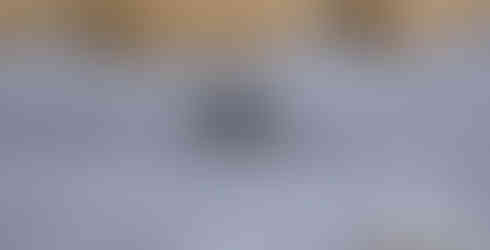










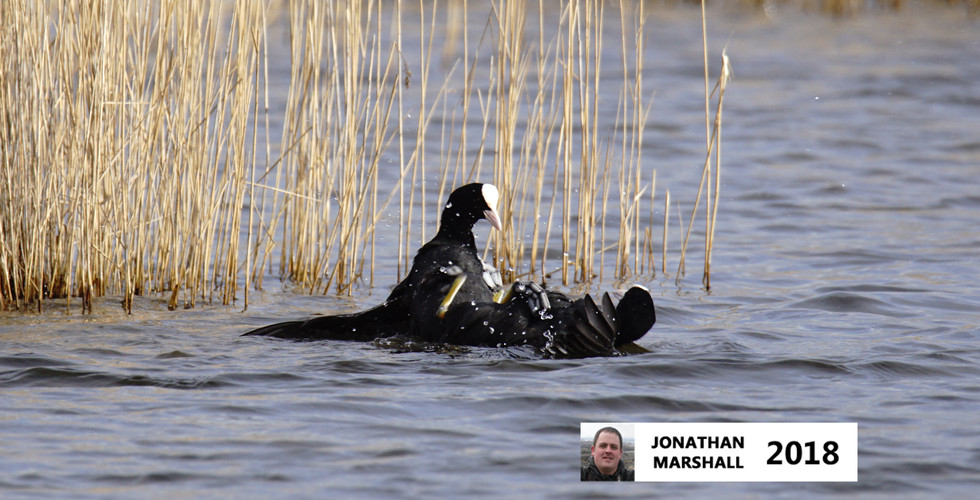



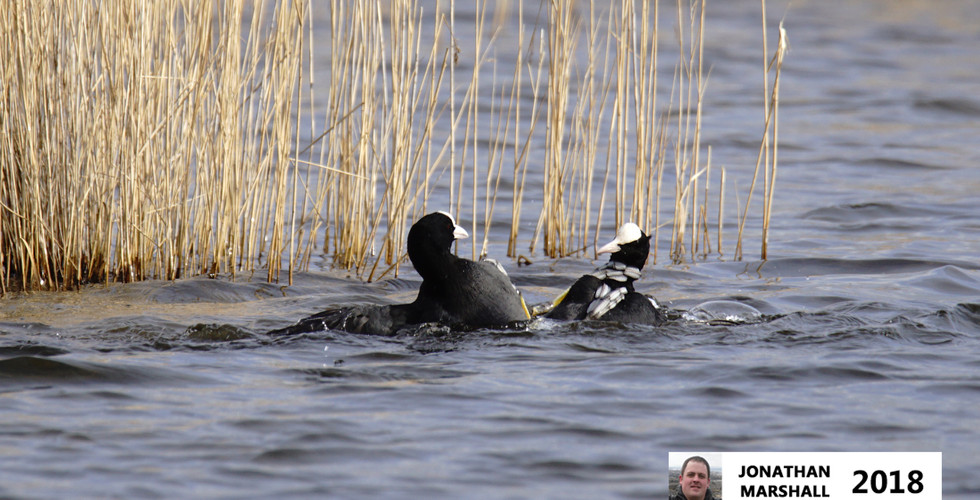





























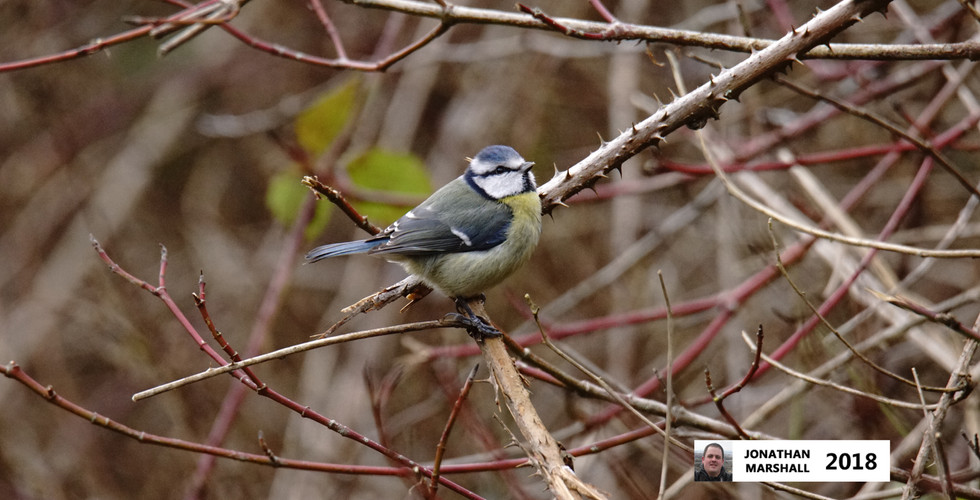

































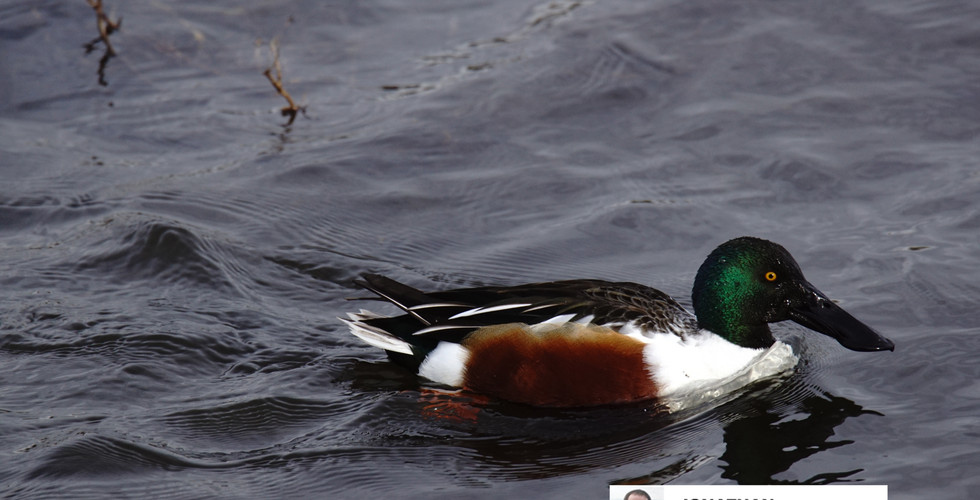

























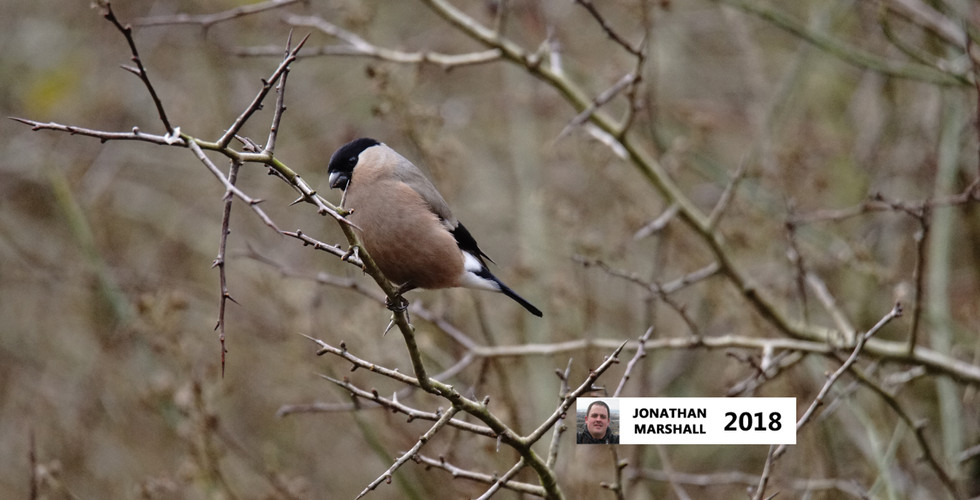











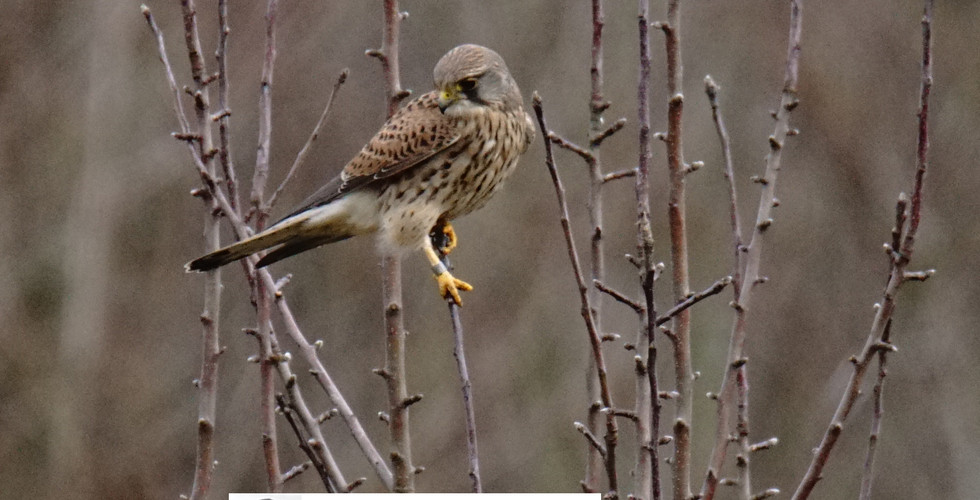




























Comments